Minecraft Flower Varieties Revealed
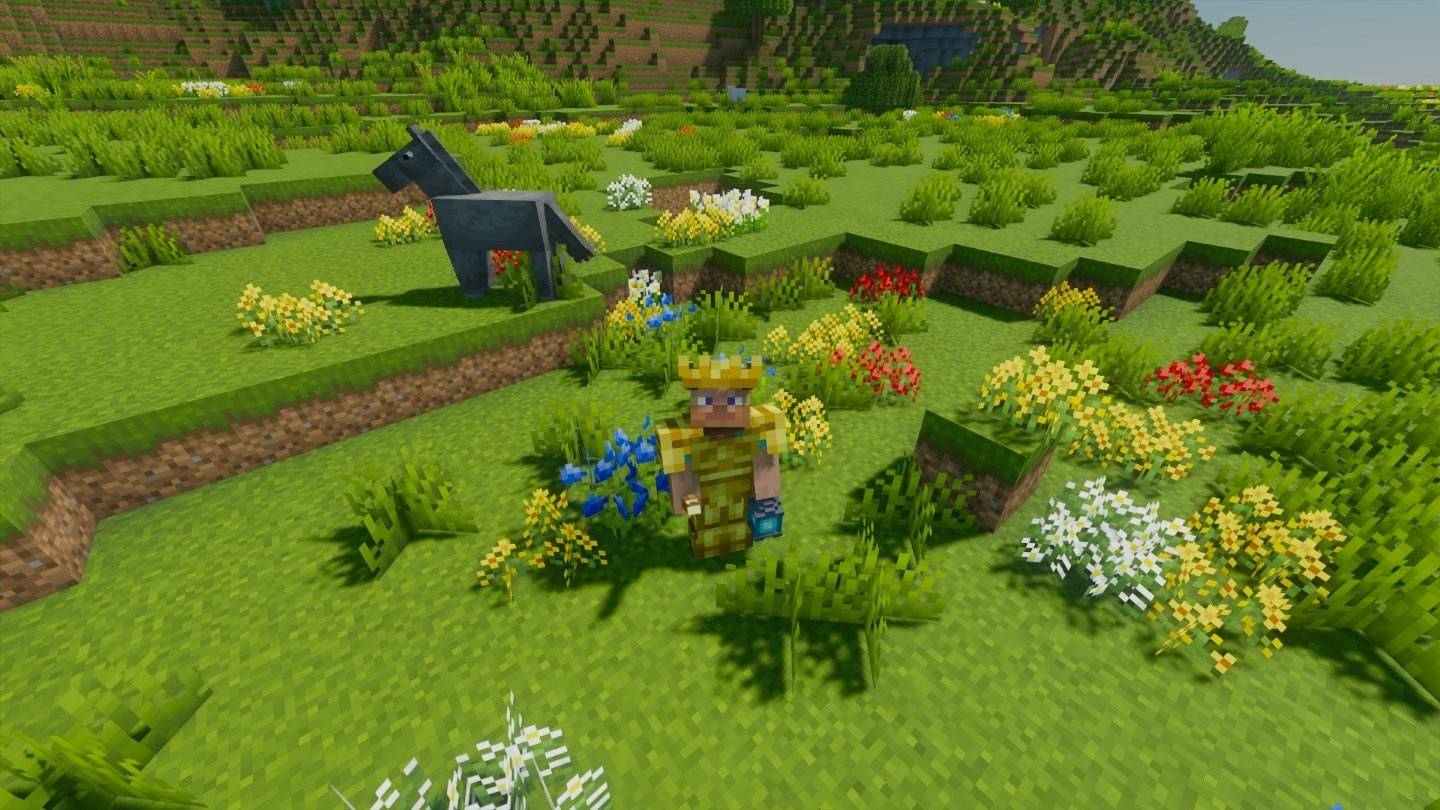
These botanical wonders in Minecraft are not only visually appealing but also serve a multitude of practical purposes. From crafting vibrant dyes to enhancing the aesthetic of your landscapes, each flower brings its own unique charm and utility. This guide delves into the distinctive features of various flowers and how best to utilize them in your Minecraft adventures.
Table of Contents
- Poppy
- Dandelion
- Allium
- Rose Bush
- Wither Rose
- Peony Bush
- Lily of the Valley
- Tulip
- Azure Bluet
- Blue Orchid
- Cornflower
- Torchflower
- Lilac
- Oxeye Daisy
- Sunflower
0 0 Comment on this Poppy
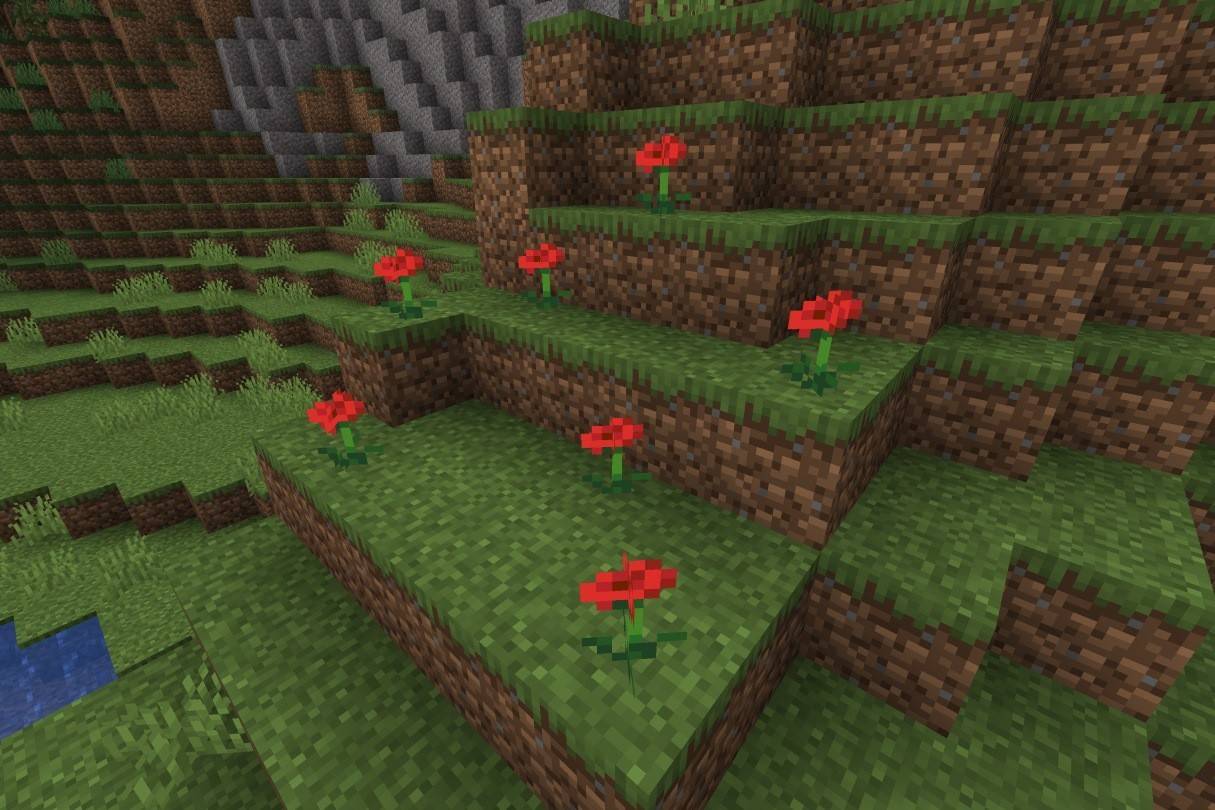 Image: ensigame.com
Image: ensigame.com
Poppies, with their iconic red hue, have become a staple in Minecraft, replacing the original "rose" and cyan flowers from earlier versions. Any existing flowers in your Minecraft world were automatically converted to poppies. These charming flowers naturally spawn across various biomes and can also be obtained from Iron Golems, who occasionally gift them to village children.
Their primary function is in crafting red dye, which is essential for recoloring a wide array of items including banners, beds, wool, sheep, and tamed wolf collars.
Dandelion
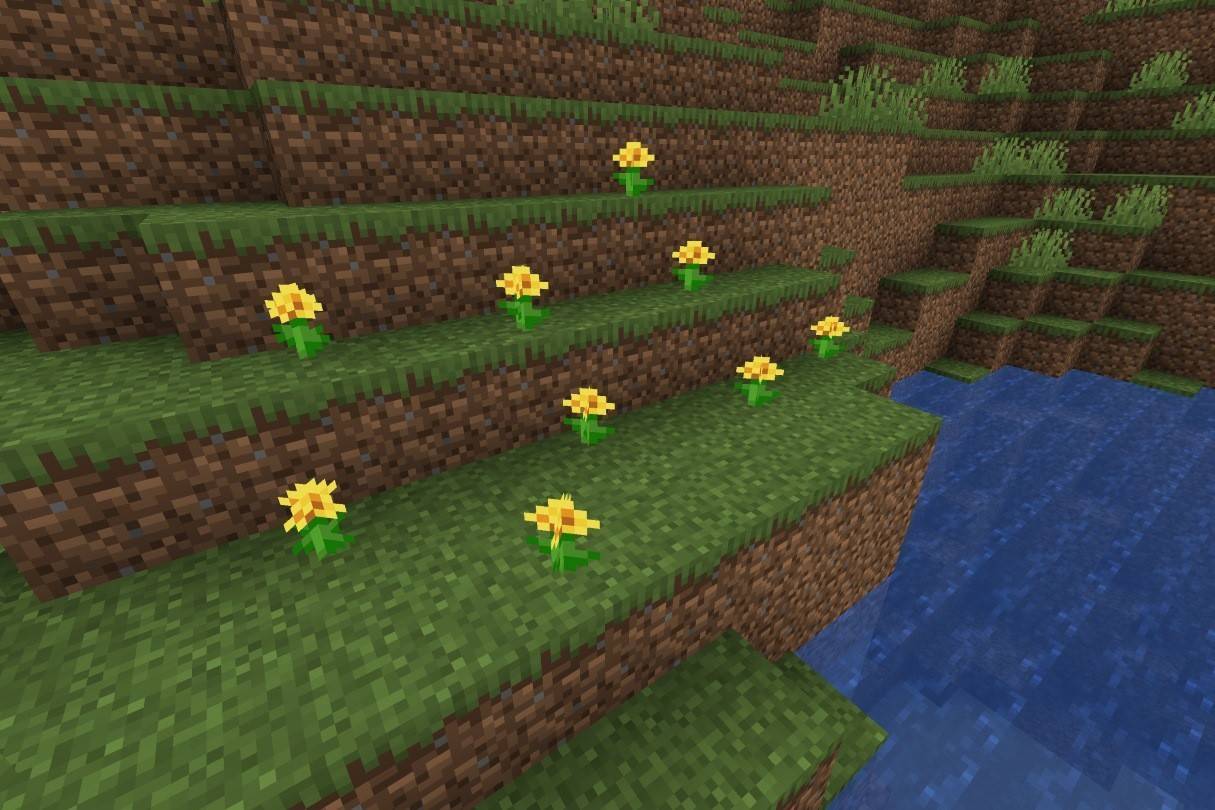 Image: ensigame.com
Image: ensigame.com
Dandelions, with their bright yellow petals, thrive in most biomes except for swamps and ice plains. They are commonly found in flower forests and serve as the main source of yellow dye. While a single dandelion yields one unit of dye, sunflowers provide two, making them a valuable resource for adding vibrant color to your banners, wool, and other decorative items.
Allium
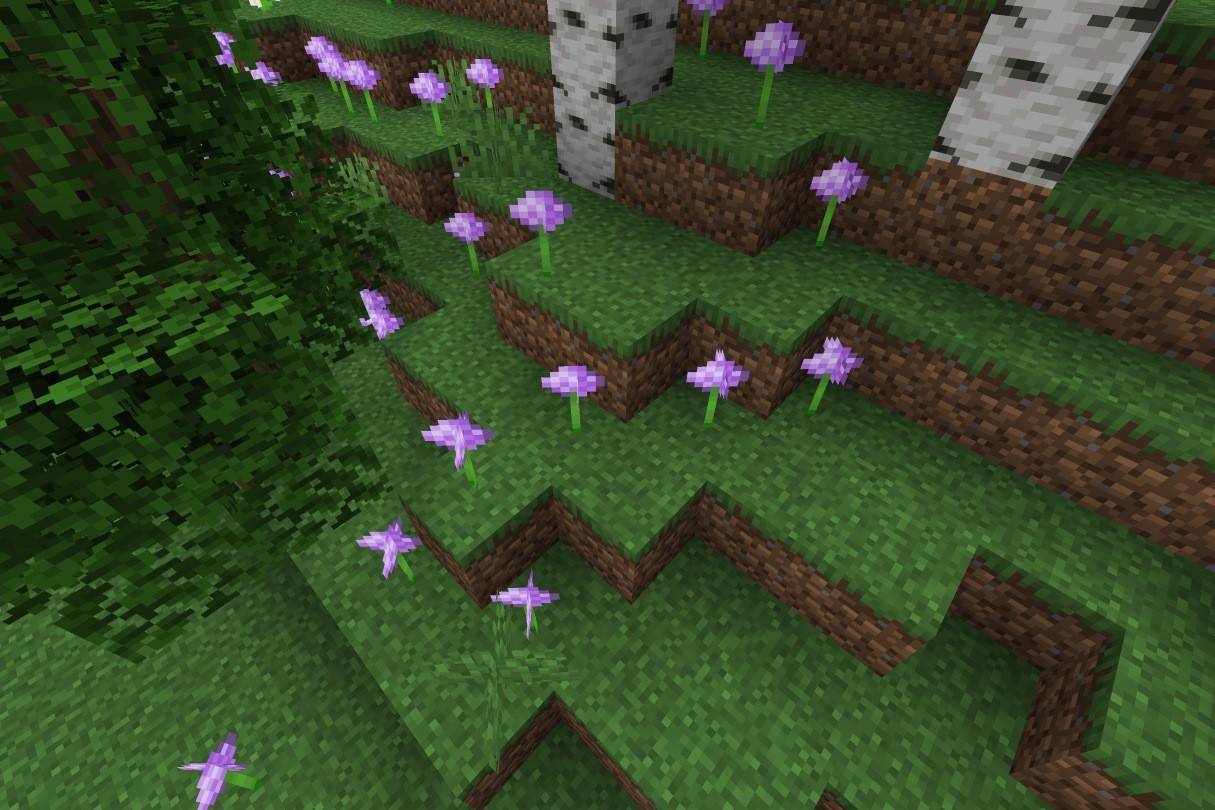 Image: ensigame.com
Image: ensigame.com
Alliums, with their striking purple blossoms, naturally grow in flower forest biomes. They are primarily used to create magenta dye, which is crucial for recoloring mobs and crafting visually appealing blocks like magenta stained glass, terracotta, and wool. These elegant flowers add a touch of sophistication to any garden or build.
Rose Bush
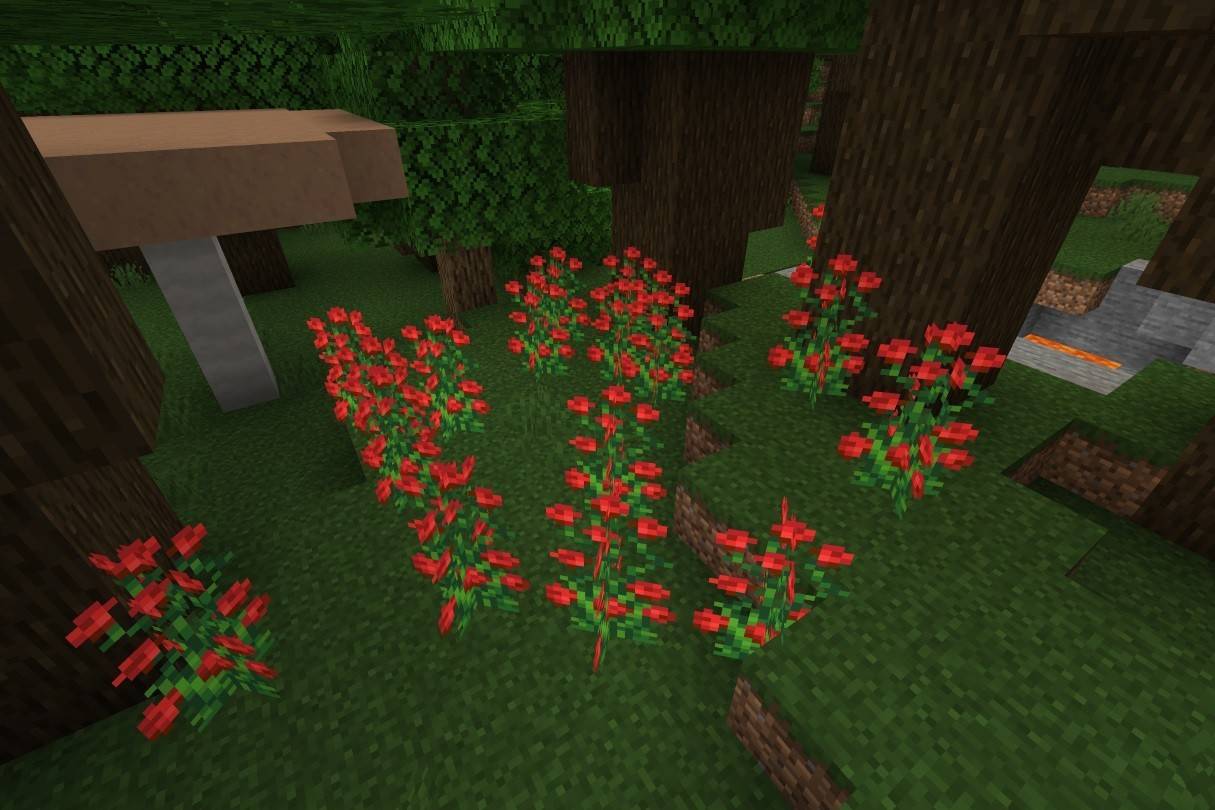 Image: ensigame.com
Image: ensigame.com
Rose bushes, with their tall, red-flowered stems, can be found in various wooded biomes. Alongside lilacs and sunflowers, they are among Minecraft's rare two-block-high flowers.
When harvested, they yield red dye, which is widely used to color wool, banners, beds, leather armor, and more. Unlike the hazardous wither rose, the rose bush is purely decorative and functional, making it a safe yet stunning addition to any landscape.
Wither Rose
 Image: ensigame.com
Image: ensigame.com
The wither rose, a rare and foreboding flower, does not grow naturally but is created when a mob is killed by the Wither or occasionally found in the Nether. Unlike rose bushes, stepping on a wither rose inflicts the Wither effect, gradually draining health and posing a deadly threat to unsuspecting players. This effect can be neutralized by drinking milk.
Wither roses are used to craft black dye, essential for recoloring leather armor, terracotta, banners, beds, and wool. They also contribute to crafting firework stars and black concrete powder, making them a unique yet perilous resource.
Peony Bush
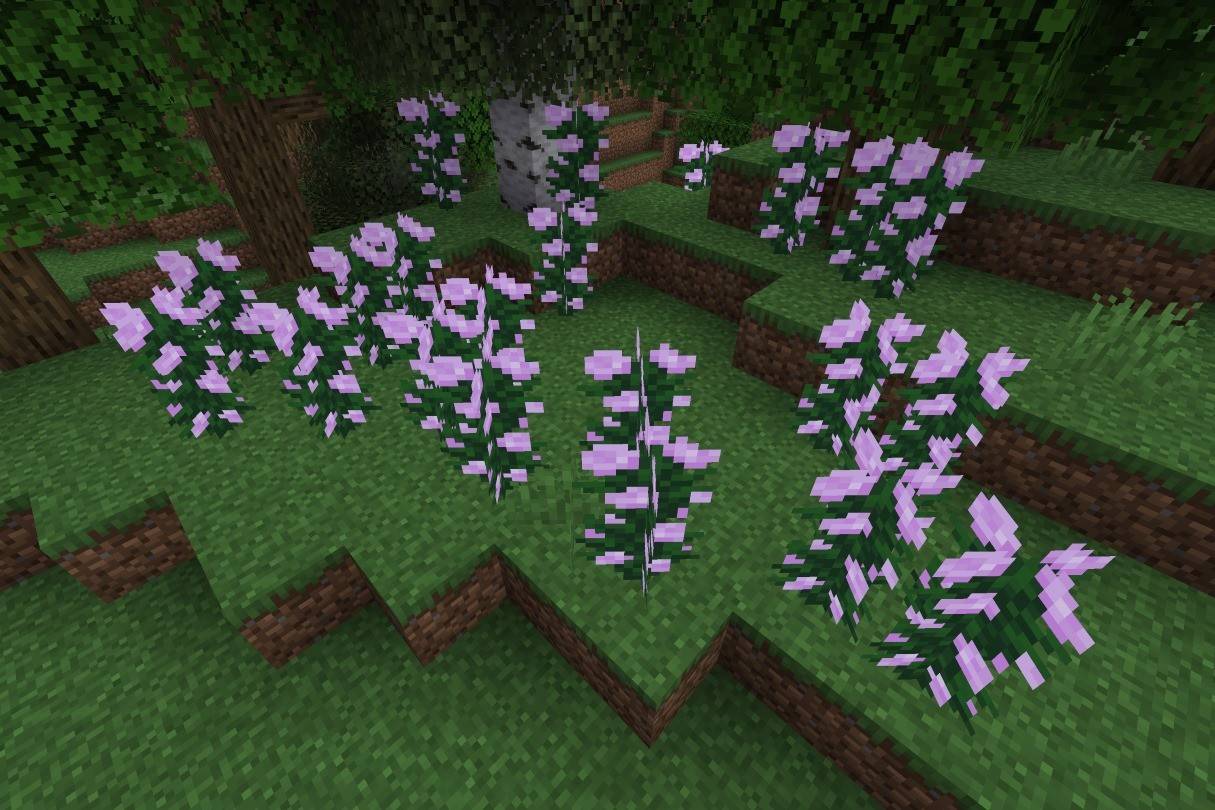 Image: ensigame.com
Image: ensigame.com
Peony bushes, with their tall, pink-flowering stems, flourish in woodland biomes. These beautiful blooms can be transformed into pink dye by placing them on a crafting table or mixing red and white dye. Players can propagate peonies using bone meal, allowing for endless cultivation.
Pink dye is useful for recoloring wool, stained glass, terracotta, and tamed wolf collars. Additionally, applying bone meal to grassy areas in specific biomes can result in the growth of pink flowers, expanding your decorative options.
Lily of the Valley
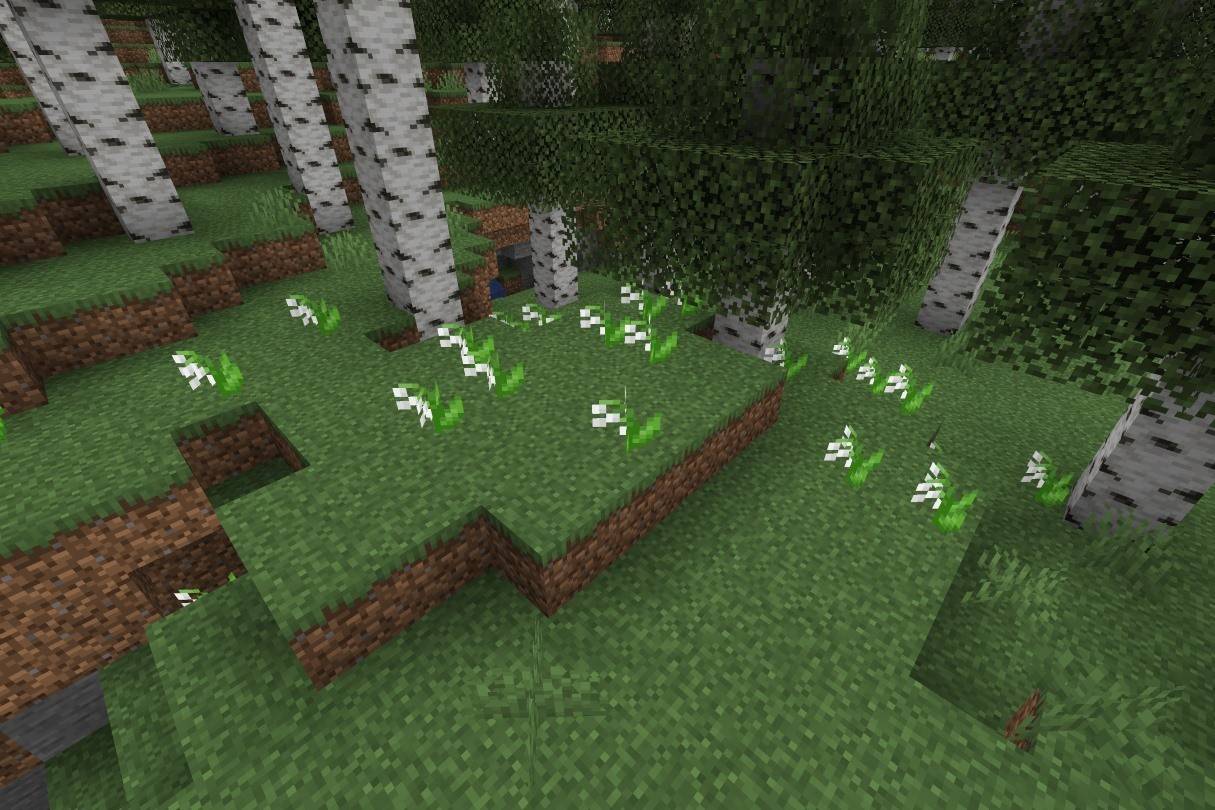 Image: ensigame.com
Image: ensigame.com
The Lily of the Valley, with its pure, bell-shaped flowers, grows in forest and flower forest biomes. It can be converted into white dye, which is used to recolor wool, banners, beds, terracotta, and tamed wolf collars.
Beyond its primary use, white dye is essential for creating secondary dyes such as gray, light gray, light blue, lime, magenta, and pink. These versatile flowers often sprout on grass blocks in suitable biomes, making them an easily accessible resource.
Also read: Minecraft Building Opportunities: 50 Ideas for a Home Tulip
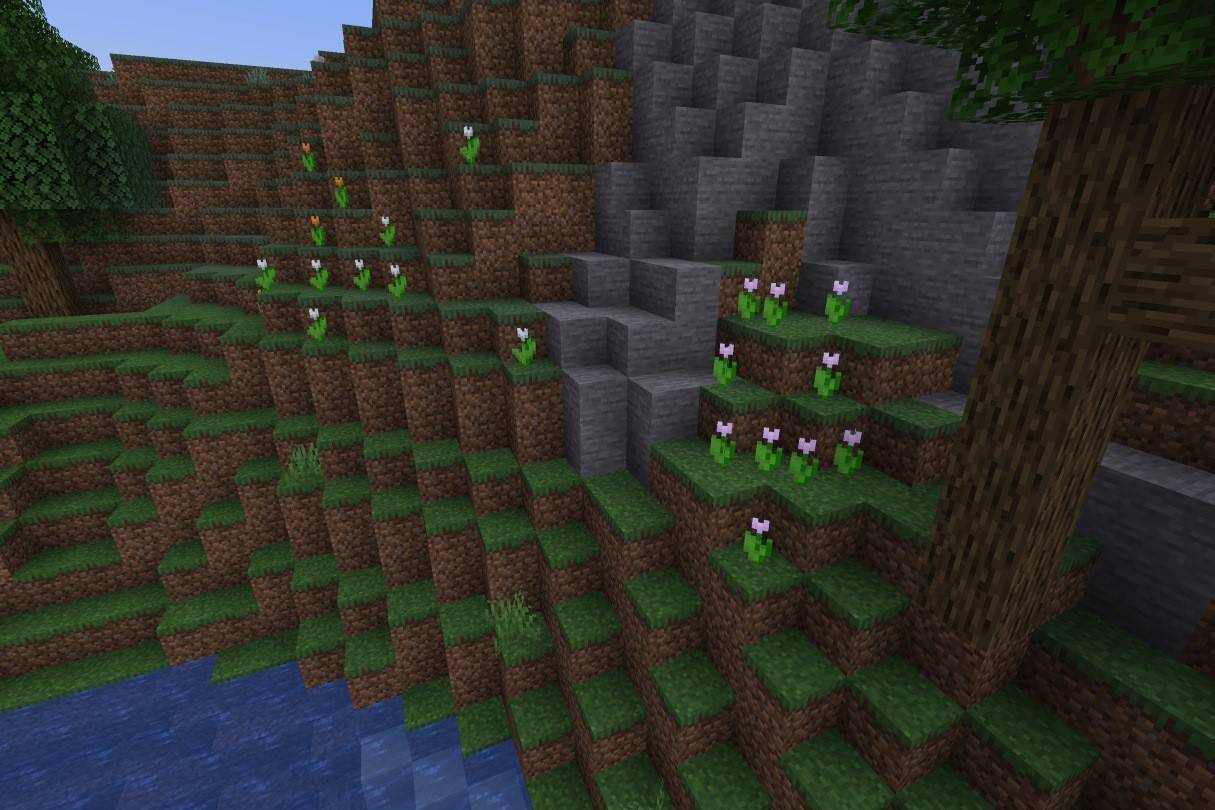 Image: ensigame.com
Image: ensigame.com
Tulips, among Minecraft's most varied flowers, come in red, orange, white, and pink varieties. They are found in plains and flower forests and serve as a crucial source of dye. Depending on their color, they can be used to dye items in red, pink, orange, or light gray, offering numerous customization options for your builds and items.
Azure Bluet
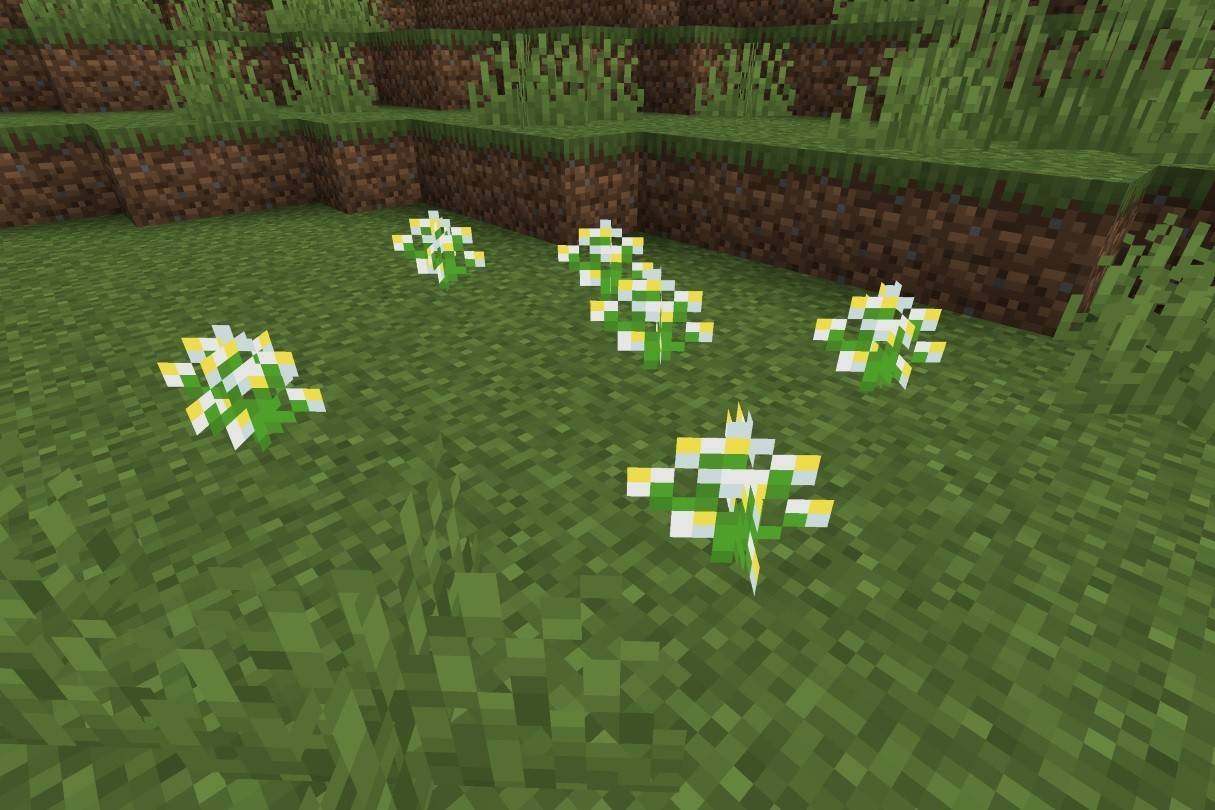 Image: ensigame.com
Image: ensigame.com
The azure bluet, a small, white and yellow flower, thrives in grasslands, sunflower plains, and flower forests. It is used to create light gray dye, which can also be made by combining bone meal and gray dye.
Blue Orchid
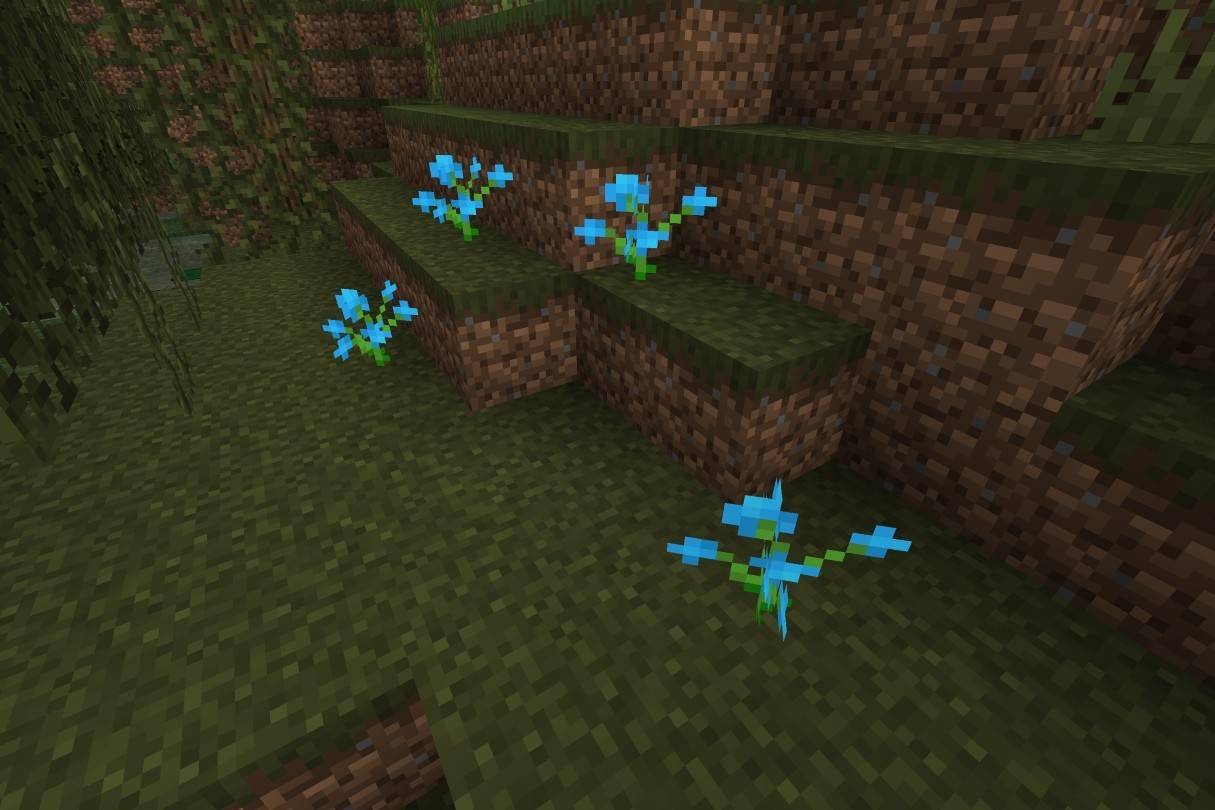 Image: ensigame.com
Image: ensigame.com
The blue orchid, a rare and vibrant flower found exclusively in swamp and taiga biomes, is an effective source of light blue dye.
Cornflower
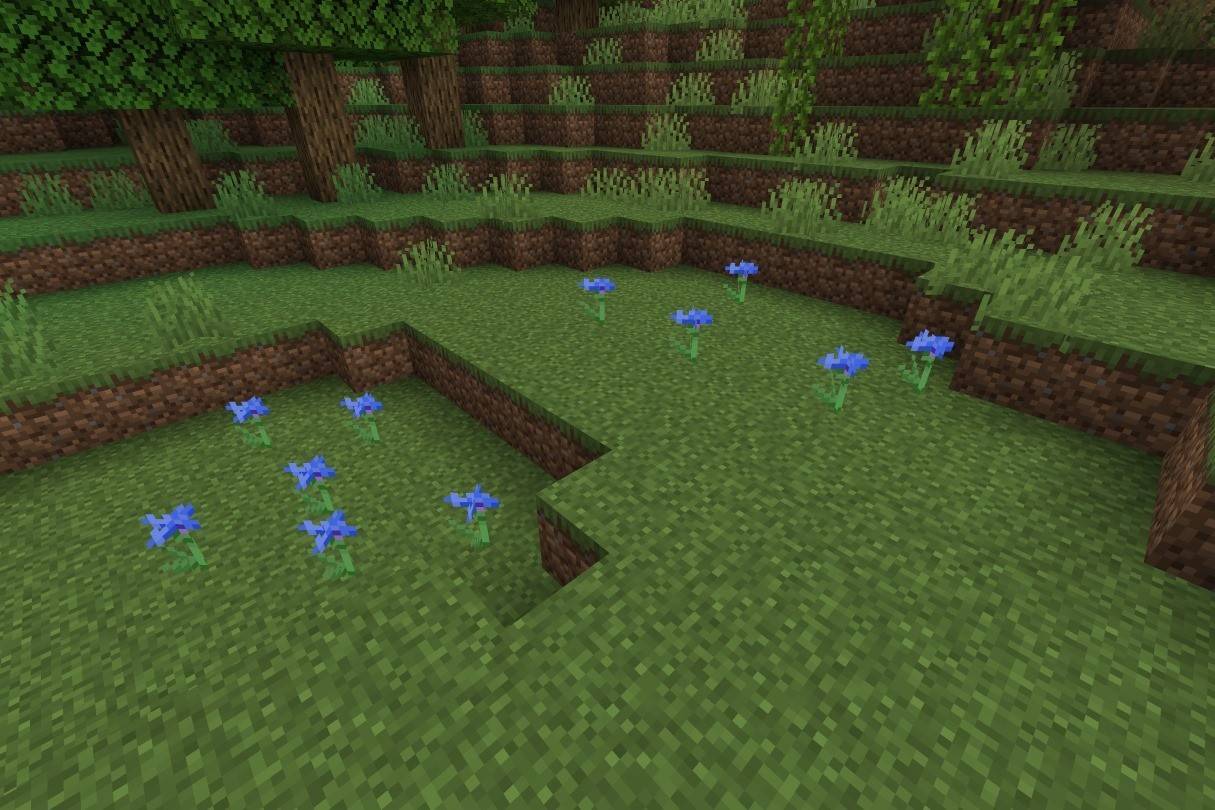 Image: ensigame.com
Image: ensigame.com
Cornflowers, with their blue petals and spiky, star-shaped appearance, thrive in plains and flower forests. They are primarily used to produce blue dye, which is used to color wool, glass, and terracotta.
Torchflower
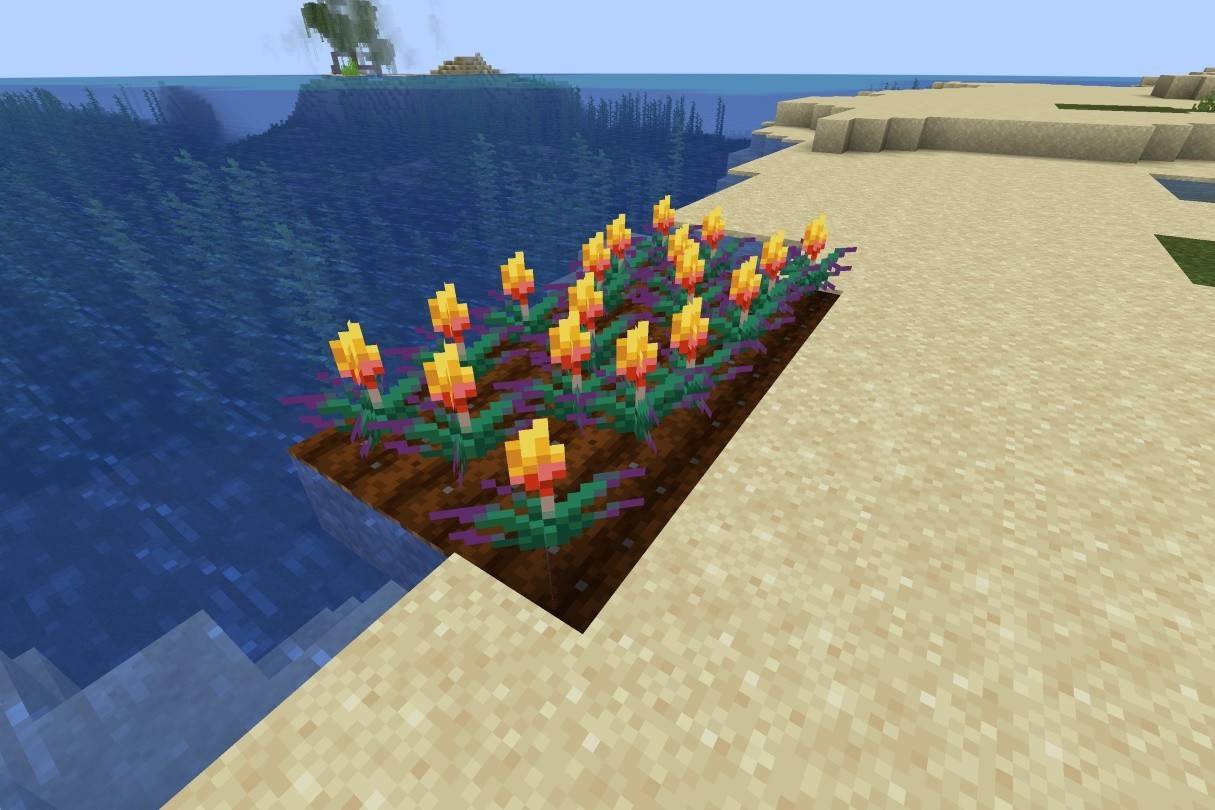 Image: ensigame.com
Image: ensigame.com
The torchflower, grown from seeds, yields orange dye. It does not generate naturally and cannot be spread using bone meal in Bedrock Edition. In Java Edition, endermen can pick up and drop it. It can be used to decorate various types of soil and is suitable for flower pots.
Lilac
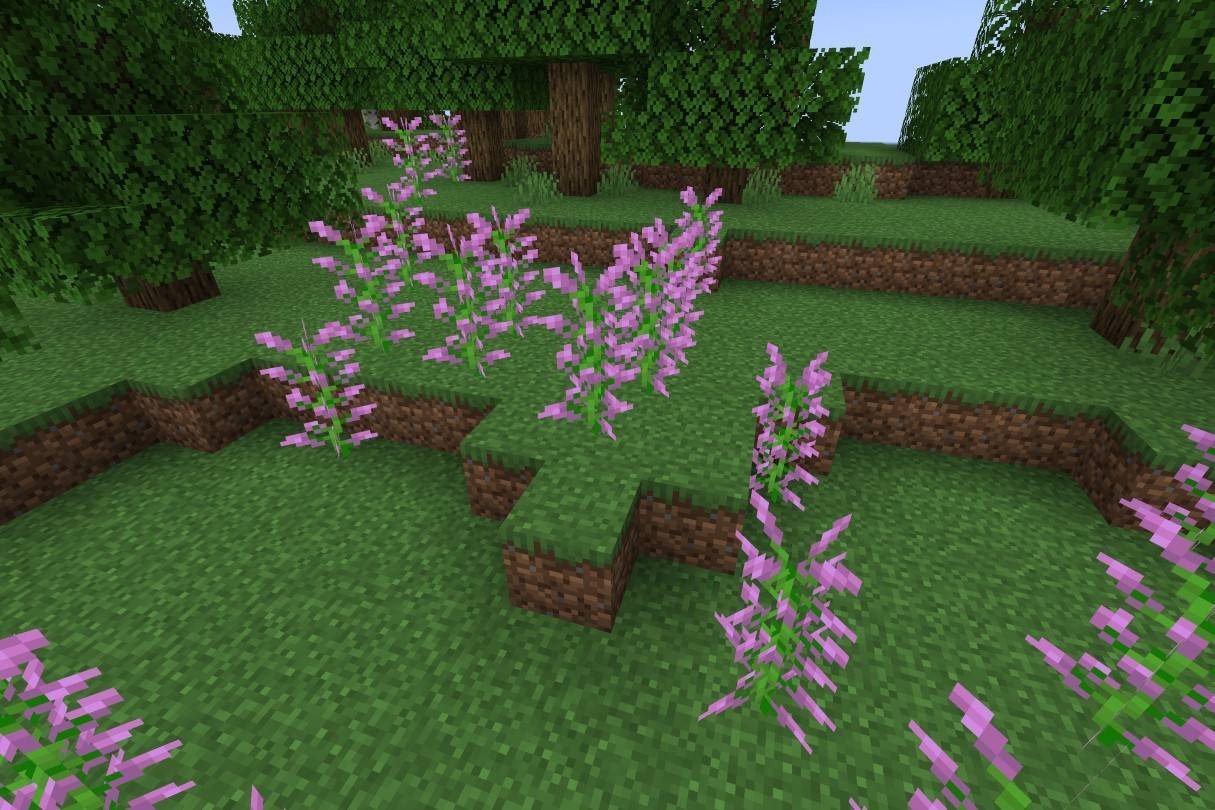 Image: ensigame.com
Image: ensigame.com
Lilacs, with their towering, two-block-high flowers and soft light-purple hue, occur naturally across various forest biomes and plains. They are notable for their distinctive appearance and vibrant color. These blossoms can be harvested and used to create magenta dye.
Oxeye Daisy
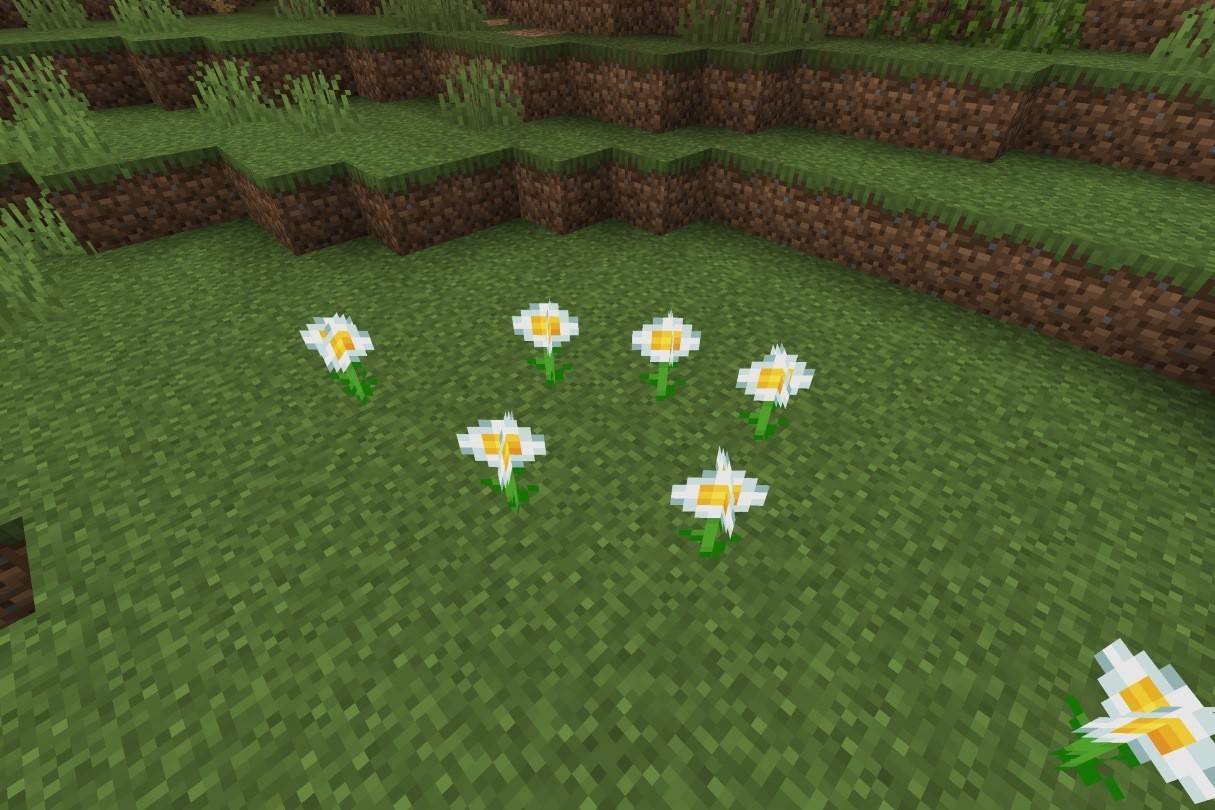 Image: ensigame.com
Image: ensigame.com
The oxeye daisy, a simple yet attractive white flower with a yellow center, can be found in plains biomes. It is primarily used to create light gray dye, which is ideal for dyeing wool, leather armor, and glass. Beyond its functional uses, the oxeye daisy can be used to decorate banners, creating a sun-shaped pattern.
Sunflower
 Image: ensigame.com
Image: ensigame.com
Sunflowers, introduced in Minecraft 1.7, were initially designed with a realistic appearance but were later adjusted to fit the game's art style. These tall blooms, which face east to follow the sunrise, are excellent for navigation. They grow in the sunflower plains biome and can be used to create yellow dye.
These flowers are indispensable in Minecraft for dyeing and creating potion-like effects. Discover them, experiment with their uses, and unlock their hidden potential.
-
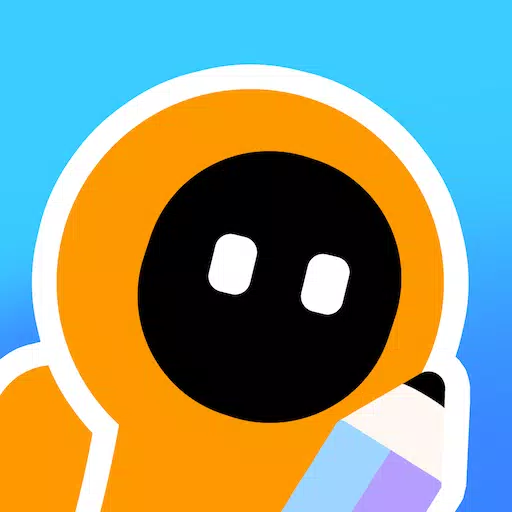 Julian's EditorDesign your own games, stories, and interactive adventures—then share and play them with friends!Julian’s Editor is a game creation platform where you build games without writing code. Create multiplayer games to enjoy with friends right on your phon
Julian's EditorDesign your own games, stories, and interactive adventures—then share and play them with friends!Julian’s Editor is a game creation platform where you build games without writing code. Create multiplayer games to enjoy with friends right on your phon -
 KReader kindle read all booksTransform your digital reading experience with KReader, the cutting-edge Kindle alternative that supports all major ebook formats including PDF, EPUB, MOBI, and others. This intuitive reader app combines powerful customization options with innovativ
KReader kindle read all booksTransform your digital reading experience with KReader, the cutting-edge Kindle alternative that supports all major ebook formats including PDF, EPUB, MOBI, and others. This intuitive reader app combines powerful customization options with innovativ -
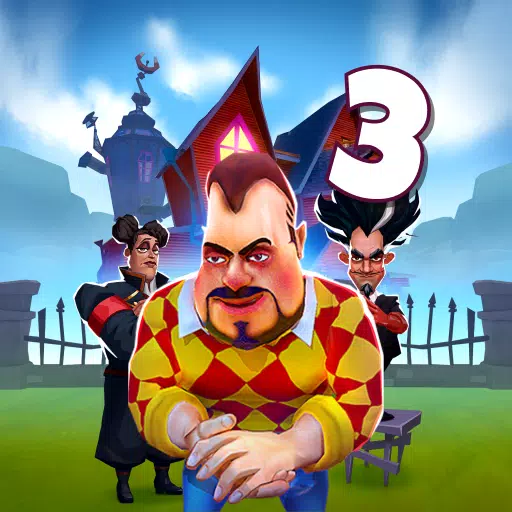 Dark Riddle 3 - Strange HillDiscover the terrifying mysteries hidden within your neighbor's family in this chilling sequel to the Dark Riddle series.This third-person adventure thriller features an interactive environment filled with intriguing quests. Solve clever puzzles to e
Dark Riddle 3 - Strange HillDiscover the terrifying mysteries hidden within your neighbor's family in this chilling sequel to the Dark Riddle series.This third-person adventure thriller features an interactive environment filled with intriguing quests. Solve clever puzzles to e -
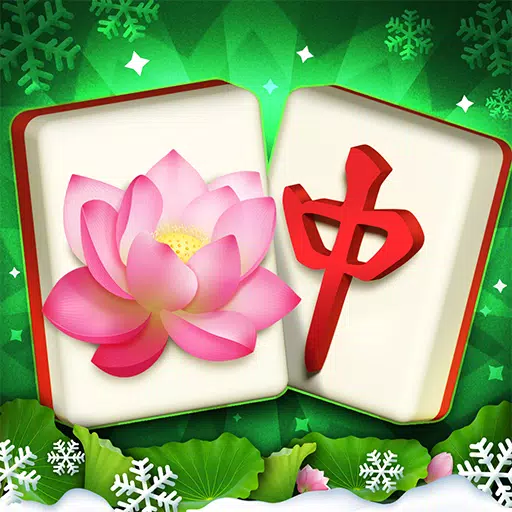 Mahjong 3DChallenge yourself with 3D Mahjong tiles and engaging gameplay!If you enjoy mahjong, dominoes, sudoku, or any challenging puzzle games, you've come to the right place! Mahjong 3D: Pair Matching Puzzle & Free Tile Brain Game masterfully combines class
Mahjong 3DChallenge yourself with 3D Mahjong tiles and engaging gameplay!If you enjoy mahjong, dominoes, sudoku, or any challenging puzzle games, you've come to the right place! Mahjong 3D: Pair Matching Puzzle & Free Tile Brain Game masterfully combines class -
 Clash Of PetsExperience thrilling match-3 battles and Tamagotchi-inspired pet care! Play to earn exciting rewardsDive into Clash of Pets – an innovative match-3 adventure where you can collect FREE cryptocurrency through our unique FREE2EARN system while bonding
Clash Of PetsExperience thrilling match-3 battles and Tamagotchi-inspired pet care! Play to earn exciting rewardsDive into Clash of Pets – an innovative match-3 adventure where you can collect FREE cryptocurrency through our unique FREE2EARN system while bonding -
 Aztec Gold IIEdição Limitada do Caça-Níquel Popular Aztec Gold Um caça-níquel colorido contará aos jogadores a história do ouro dos Astecas, pirâmides majestosas e segredos que ninguém conseguiu desvendar. A estrutura de 5 rolos e 21 linhas é padrão neste jogo.
Aztec Gold IIEdição Limitada do Caça-Níquel Popular Aztec Gold Um caça-níquel colorido contará aos jogadores a história do ouro dos Astecas, pirâmides majestosas e segredos que ninguém conseguiu desvendar. A estrutura de 5 rolos e 21 linhas é padrão neste jogo.
-
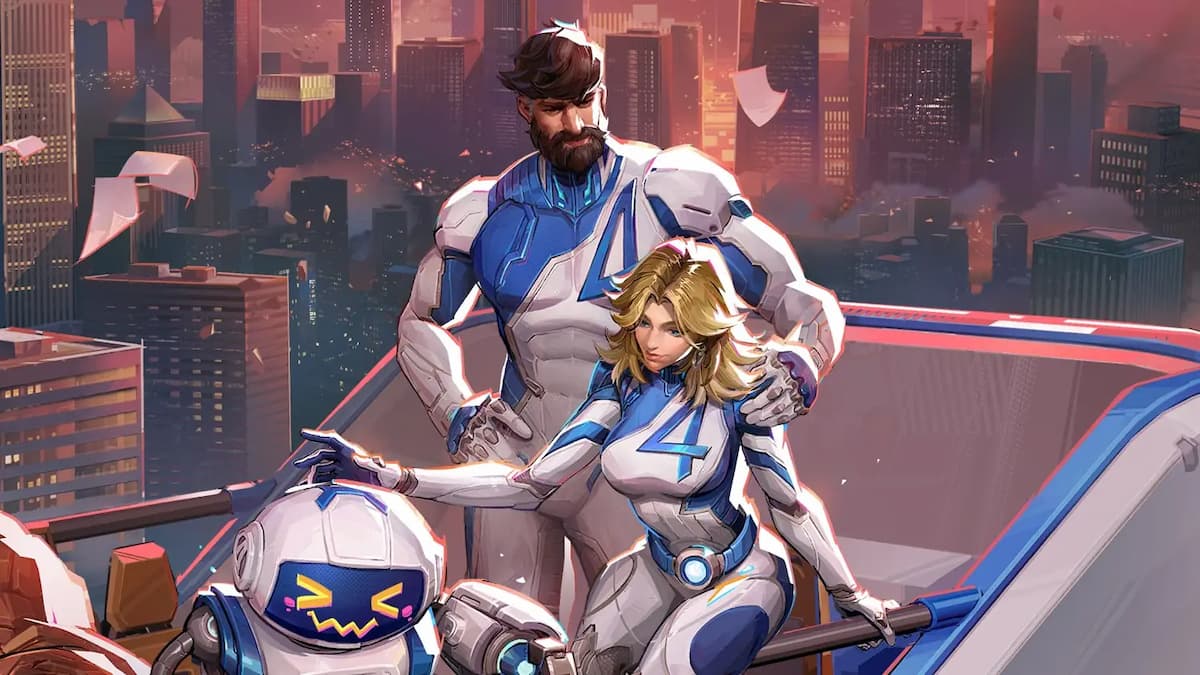 Marvel Rivals Season 1 Release Date Revealed
Marvel Rivals Season 1 Release Date Revealed
-
 Honkai: Star Rail Update Unveils Penacony Conclusion
Honkai: Star Rail Update Unveils Penacony Conclusion
-
 Announcing Path of Exile 2: Guide to Sisters of Garukhan Expansion
Announcing Path of Exile 2: Guide to Sisters of Garukhan Expansion
-
 Sonic Racing: CrossWorlds Characters and Tracks Revealed for Upcoming Closed Network Test
Sonic Racing: CrossWorlds Characters and Tracks Revealed for Upcoming Closed Network Test
-
 Optimal Free Fire Settings for Headshot Mastery
Optimal Free Fire Settings for Headshot Mastery